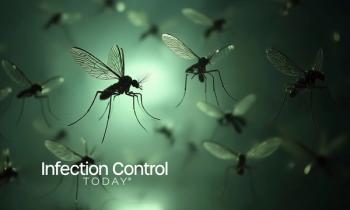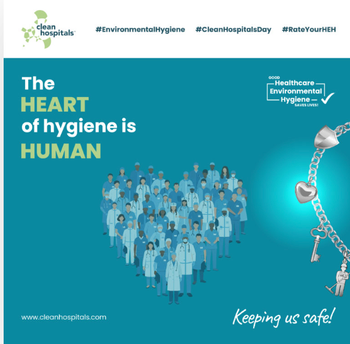
Ebola Virus Disease in West Africa: 197 Cases, 122 Deaths
As of April 16, 2014, the Ministry of Health (MOH) of Guinea has reported a cumulative total of 197 clinical cases of Ebola Virus Disease (EVD), including 122 deaths. To date, 101 cases have been laboratory confirmed, including 56 deaths, 43 cases (33 deaths) meet the probable case definition for EVD and 53 cases (33 deaths) are classified as suspected cases. Twenty-four (24) health-care workers (HCW) have been affected with 13 deaths. Clinical cases of EVD have been reported from Conakry (47 cases, including 16 deaths), Guekedou (117/80), Macenta (22/16), Kissidougou (6/5), Dabola (4/4) and Djingaraye (1/1).
Contact tracing activities continue in all affected areas including new contacts generated by a healthcare worker who died three days ago. In Conakry, 60 community volunteers are assisting the MOH and response partners in following up the 221 contacts currently under medical observation. Seven contacts who developed symptoms have been placed in isolation as a precautionary measure. A total of 249 contacts are being followed in Guekedou, 54 in Macenta 17 in Kissidougou, 63 in Dabola and 2 in Dingaraye.
A total of 36 patients are currently in isolation; 23 in Conakry, 12 in Guéckédou and 1 in Macenta. Clinical teams from the World Health Organization (WHO), the Global Outbreak Alert and Response Network (GOARN) and Médecins Sans Frontières (MSF) are supporting national medical and nursing staff at the Donka Hospital to strengthen patient triage, case management and infection prevention and control (IPC). Training on the safe handling of patients with EVD and the deceased was conducted jointly by the IPC and Logistics teams at the Donka hospital for staff working at the morgue, and for drivers and staff transporting patients in stretchers. A training of trainers activity for the directors of all 20 Centres de Santé in Conakry was planned for April 17. IPC training was also scheduled at 2 community health centers.
Numbers of cases and contacts remain subject to change due to consolidation of cases, contact and laboratory data, enhanced surveillance and contact tracing activities and the continuing laboratory investigations.
Source: World Health Organization
Newsletter
Stay prepared and protected with Infection Control Today's newsletter, delivering essential updates, best practices, and expert insights for infection preventionists.





